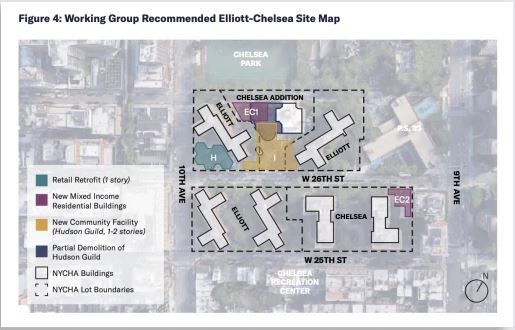3 mins read//
Much of the U.S.’s housing stock is quite old and aging fast: In New York, the median age of an owner-occupied home is 60 years. For public housing units, which are home to nearly a million people across the country, the problem is even more acute; more than half saw their last construction before 1975. As a result, many are in decrepit condition, and thousands of these apartments are removed from service every year because they’re not safe for occupants. Public housing complexes across the country are collectively staring down a more than $70 billion backlog in repairs, a staggering figure that jurisdictions simply don’t have the funds to pay.
Symbolizing this failure, in many ways, is the New York City Housing Authority (NYCHA), which in recent years became the target of a federal probe over its failure to provide tenants with “decent, safe, and sanitary” housing. In 2019 a federal monitor was appointed to oversee reform of housing conditions issues like lead paint hazards, mold growth, pest infestations, and lack of heat during winters, which affected more than 80% of the city’s public housing residents. At the Fulton and Elliott-Chelsea Houses in the Chelsea neighborhood of Manhattan, collectively home to 2,054 apartments, conditions were dire: the buildings need an estimated $366 million in repairs, and the city’s only plan was to rehome residents before demolishing and rebuilding both complexes, which would have displaced tenants for an undetermined amount of time.

But tenants were able to negotiate other additions, like choosing a new management company if the one they select doesn’t perform to residents’ standards. “I am incredibly proud of the Chelsea Working Group for our collaboration and determination to identify a partner that will most effectively meet our communities’ needs and improve our lives,” Darlene Waters, president of the Elliott-Chelsea Houses Tenant Association, wrote Fast Company. “Our voices have guided the conversation throughout the entire [process]. Bringing NYCHA residents to the table to make decisions gives us dignity, the power of choice and autonomy over our homes.”











